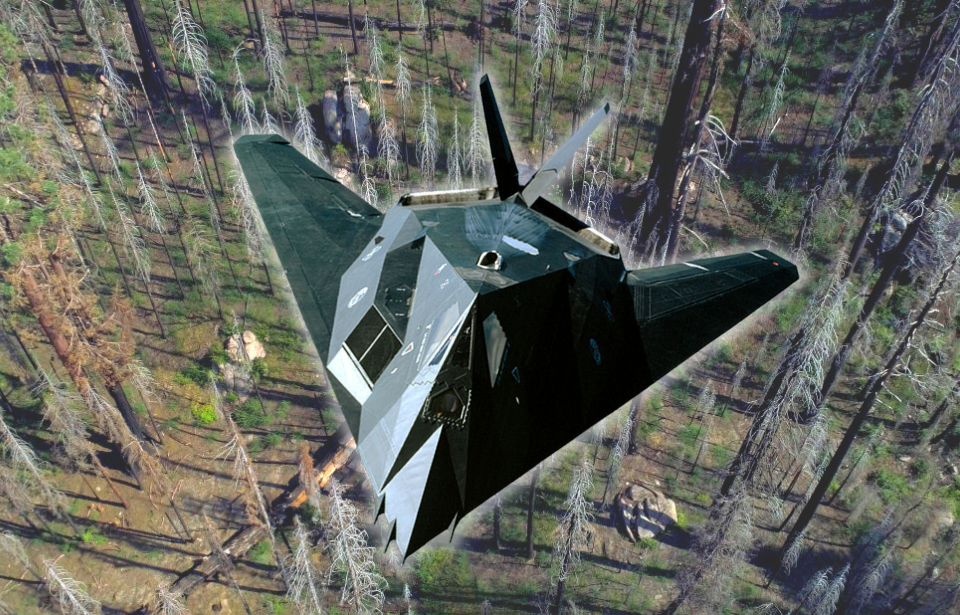In July 1986, a Lockheed F-117 Nighthawk crashed in the Sequoia National Forest. Initially, the US Air Force sought to conceal this. Nevertheless, the incident attracted growing national interest and the US military took extensive measures to safeguard the aircraft’s identity, even going to the extent of substituting the wreckage with that of a McDonnell F-101A Voodoo.
Not foreseen by authorities, these attempts inadvertently fueled heightened public curiosity.
Mysterious crash in Sequoia National Forest

On July 11, 1986, the US Air Force conducted a test flight of the F-117 Nighthawk, then a top-secret project. At approximately 2:00 AM that morning, the aircraft crashed while flying over Sequoia National Forest, resulting in the death of the pilot and igniting a 150-acre brush fire. Firefighters from Kern County and the US Forest Service eventually brought the blaze under control.
Immediately following the incident, the Air Force secured the area, designating it as restricted airspace. This was implemented to prevent anyone from observing the crash site and potentially acquiring information about the newly developed aircraft.
In a statement, the Kern County Sheriff’s Office said, “The whole area has been restricted, including the air space above the crash site. There will be military aircraft in the area, and anyone entering the area will be dealt with appropriately by the Air Force.”
A statement from the Air Force was even more vague, only revealing that a US military aircraft had crashed in a general area of Sequoia National Forest and that a board of officers had been appointed to investigate the incident. “That’s the guidance we’ve been given from Washington,” said Staff Sgt. Lorri Wray. “We can’t give out any details.”
All a Pentagon spokesperson would say, when asked, was that the crashed aircraft was “not a bomber.”
Replacing the F-117 Nighthawk with an F-101A Voodoo
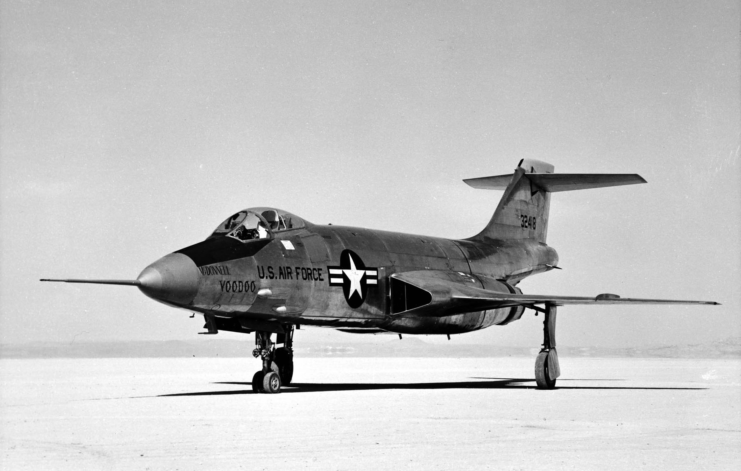
Efforts by US Air Force personnel involved the retrieval of debris from the F-117 Nighthawk. Subsequently, the downed aircraft was substituted with a crashed F-101A Voodoo, sourced from Area 51 in Nevada. The former had been out of service with the Air Force since 1972 and the Air National Guard since ’82.
The crash immediately captured public attention, leading many to assume the aircraft originated from Edwards Air Force Base, California, approximately 65 miles from the crash site. This speculation arose from aircraft being tested at the base being more advanced than those commonly seen in the skies, encompassing prototypes, new bombers and modified ordinary aircraft.
Notable examples tested there include the Northrop F-20 Tigershark and the Rockwell B-1 Lancer.
Sources incorrectly reveal the aircraft was an F-19
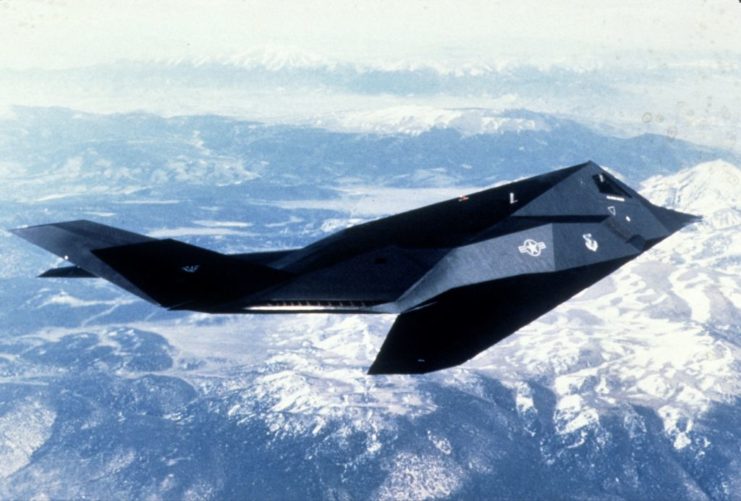
An article published by the Associated Press on the day of the crash featured International Arms Combat editor Andy Lightbody, who revealed that undisclosed sources had informed him that the aircraft in question was an F-19. The mostly speculative aircraft was never officially confirmed by the US Air Force and has long held a legendary status among military aviation enthusiasts.
The concept of a classified stealth aircraft bearing the designation “F-19” emerged following the announcement of the F-20. Since its predecessor was the McDonnell Douglas F/A-18 Hornet, many anticipated that the next fighter would logically be assigned the subsequent number in the sequence. When this didn’t occur, it sparked conjecture about a covert military project.
The Air Force promptly refuted these speculations, explaining that the discrepancy arose from Northrop’s specific request for the Tigershark to be designated the F-20. Nonetheless, there are still some who believe that the F-19 may have been in development, possibly entrusted to Lockheed for production.
Unveiling the F-117 Nighthawk
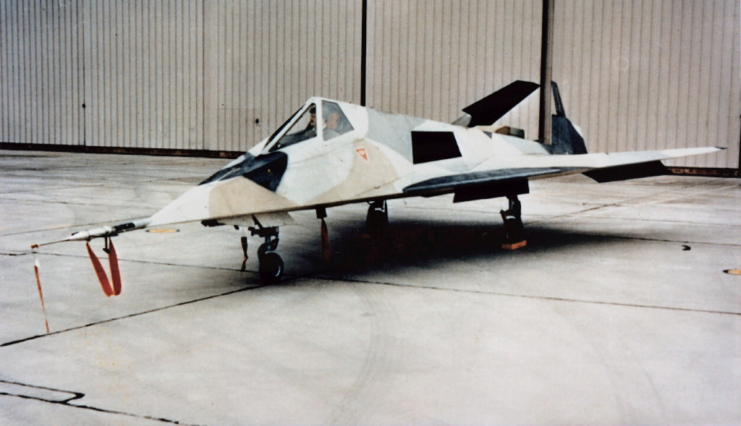
The Lockheed F-117 Nighthawk came about in the 1970s in response to a study conducted by the Defense Advanced Research Projects Agency (DARPA), which found that aircraft manned by the United States were unexpectedly vulnerable to adversary forces. This led the agency to hold a competition for a new stealth fighter design, which Lockheed Martin’s Skunk Works won.
A few years after the contract was awarded, in 1981, the F-117 underwent its first test flight, with deliveries to the US Air Force occurring the following year. Despite becoming operational just two years later, the stealth fighter was kept shrouded in secrecy, with the military only revealing its development to the public in 1988. Two years later, civilians were given their first glimpse of the aircraft.
Only 64 were built during the F-117’s service life, of which five were prototypes. Along with seeing service during the Gulf War, the aircraft featured in the Yugoslav Wars, during which one was shot down by a surface-to-air missile (SAM). The stealth fighter was retired in 2008 and replaced by the Lockheed Martin F-22 Raptor.
Despite this, a fleet of F-117s are kept in airworthy condition.
F-117 Nighthawk specs
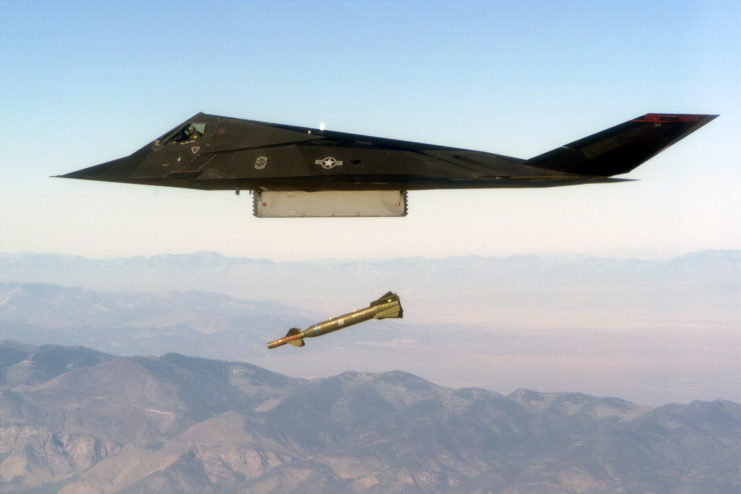
Designed to deflect radar, the F-117 Nighthawk featured angled panels coated with radar-absorbing material, making the aircraft virtually invisible on-screen. It was capable of reaching a maximum speed of Mach 0.92, thanks to its two General Electric F404-F1D2 turbofan engines, and had a range of 1,070 miles.
The F-117 was equipped with two internal weapons bays with one hardpoint each, which allowed it to carry an array of explosives: the B61 nuclear bomb, the GBU-31 JDAM INS/GPS guided munition, the GBU-10 Paveway II laser-guided bomb, the GBU-27 Paveway III laser-guided bomb and the GBU-12 Paveway II laser-guided bomb, all with varying types of warheads.
Other important features were that the F-117 had a V-tail and was air refuelable. Additionally, it was operated through the use of quadruple-redundant fly-by-wire flight controls, which had been derived from those used by the General Dynamics F-16 Fighting Falcon, the F/A-18 Hornet, the McDonnell Douglas F-15E Strike Eagle and the Boeing B-52 Stratofortress.
More from us: Blohm & Voss BV 141: The Asymmetrical German Aircraft That Shouldn’t Have Been Able to Fly – But Did
Flown primarily by the US Air Force, the stealth fighter was operated by the 412th Test Wing out of Edwards Air Force Base; the 4450th Tactical Group and 37th Tactical Fighter Wing out of Tonopah Test Range, in Nevada; and the 49th Fighter Wing out of Holloman Air Force Base, New Mexico.
